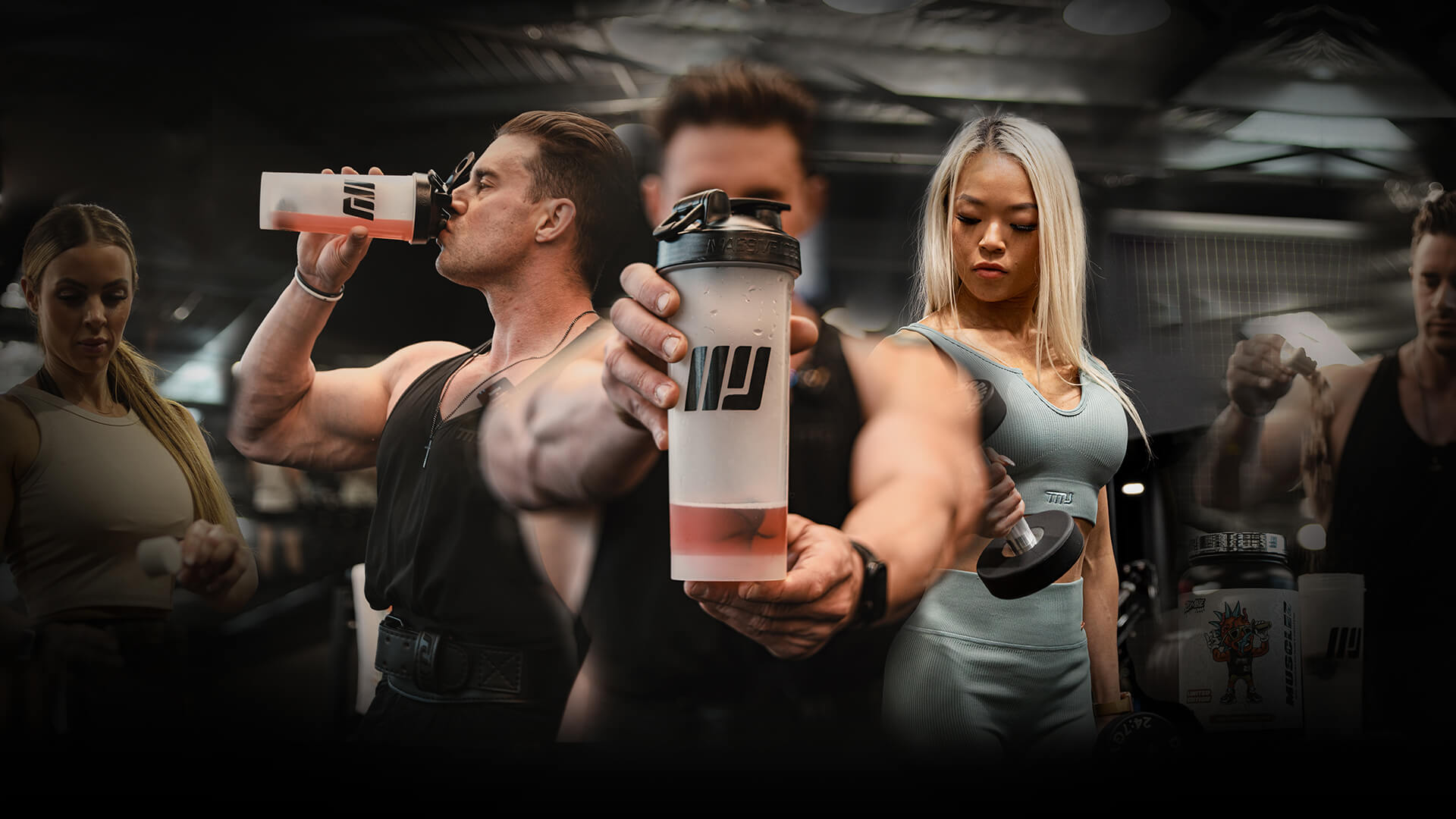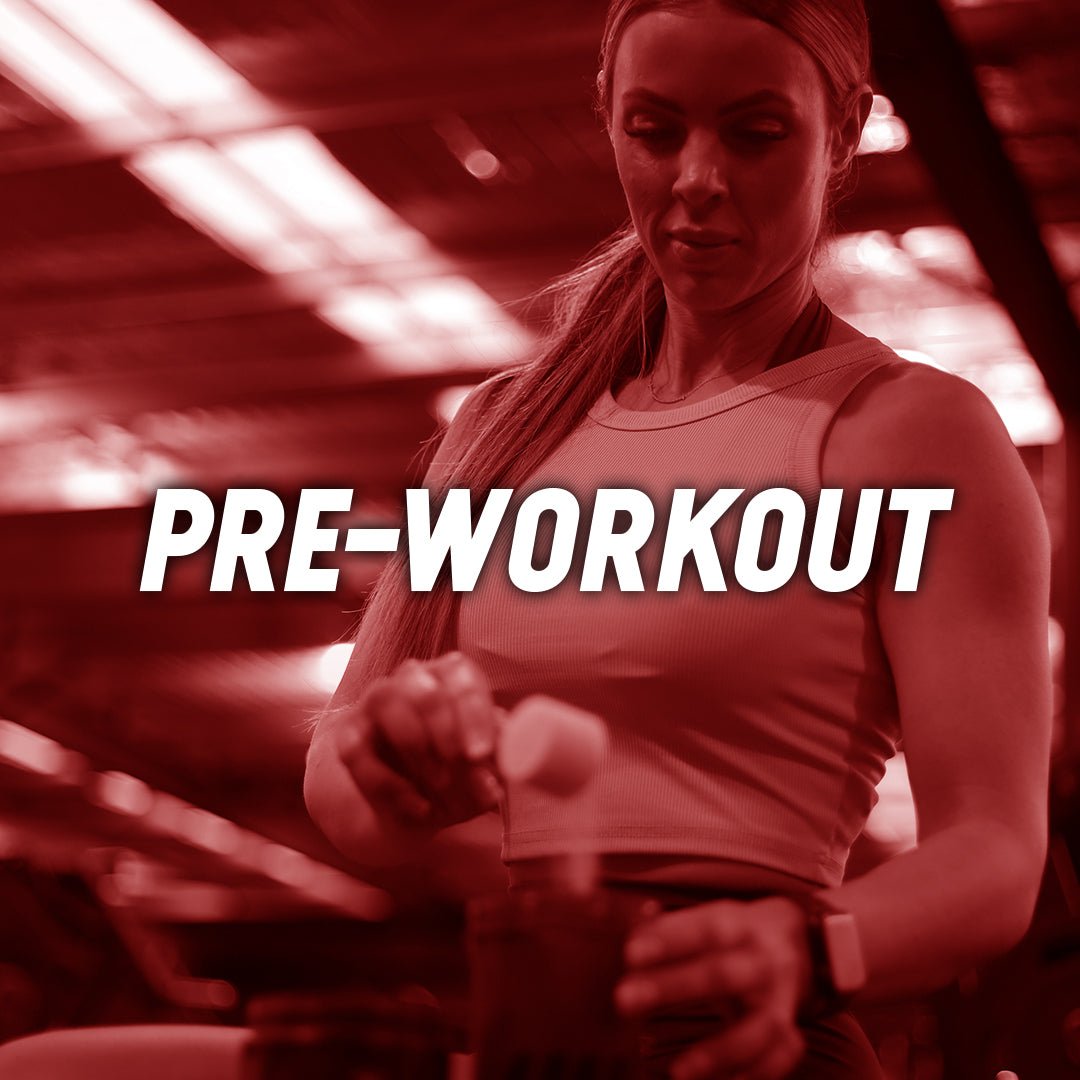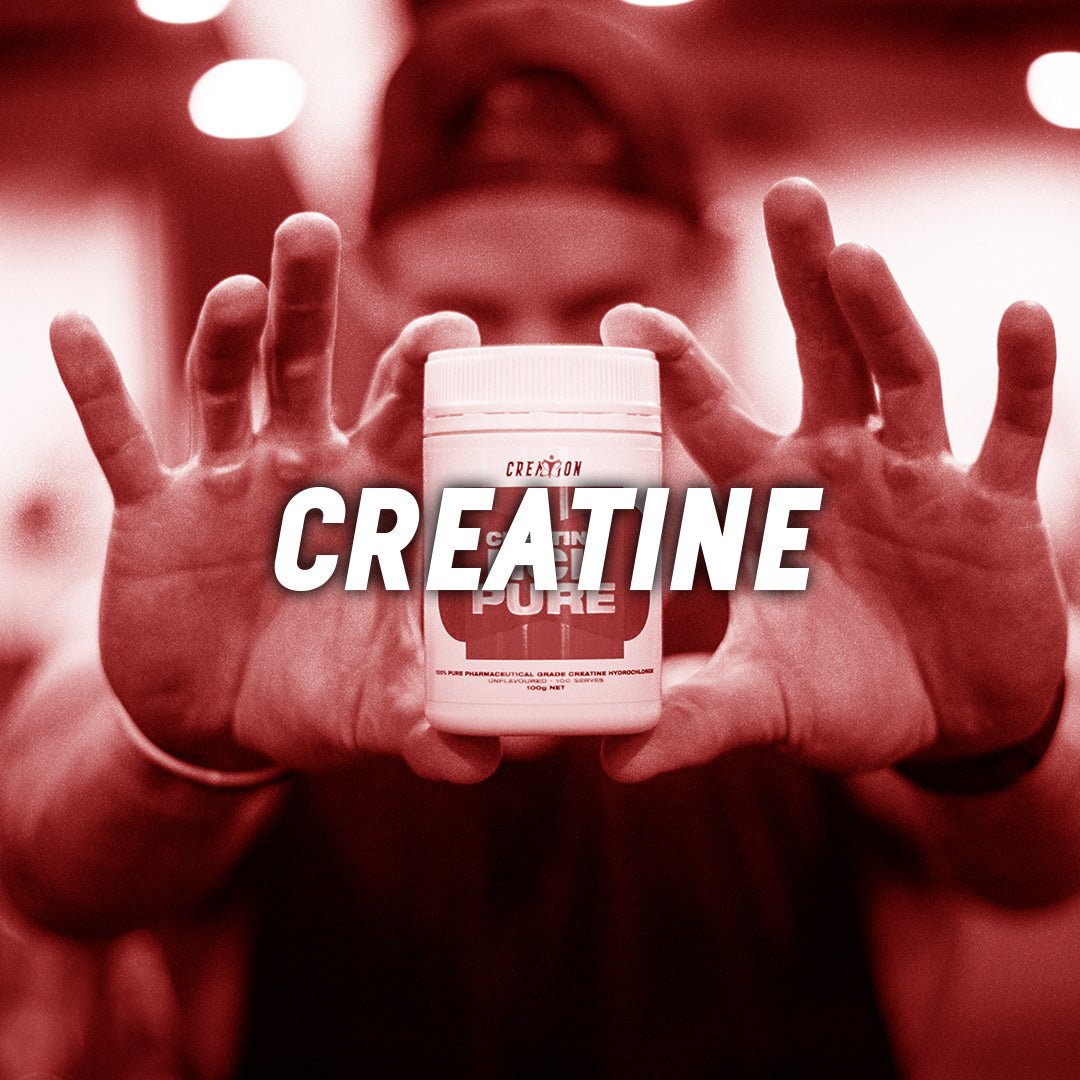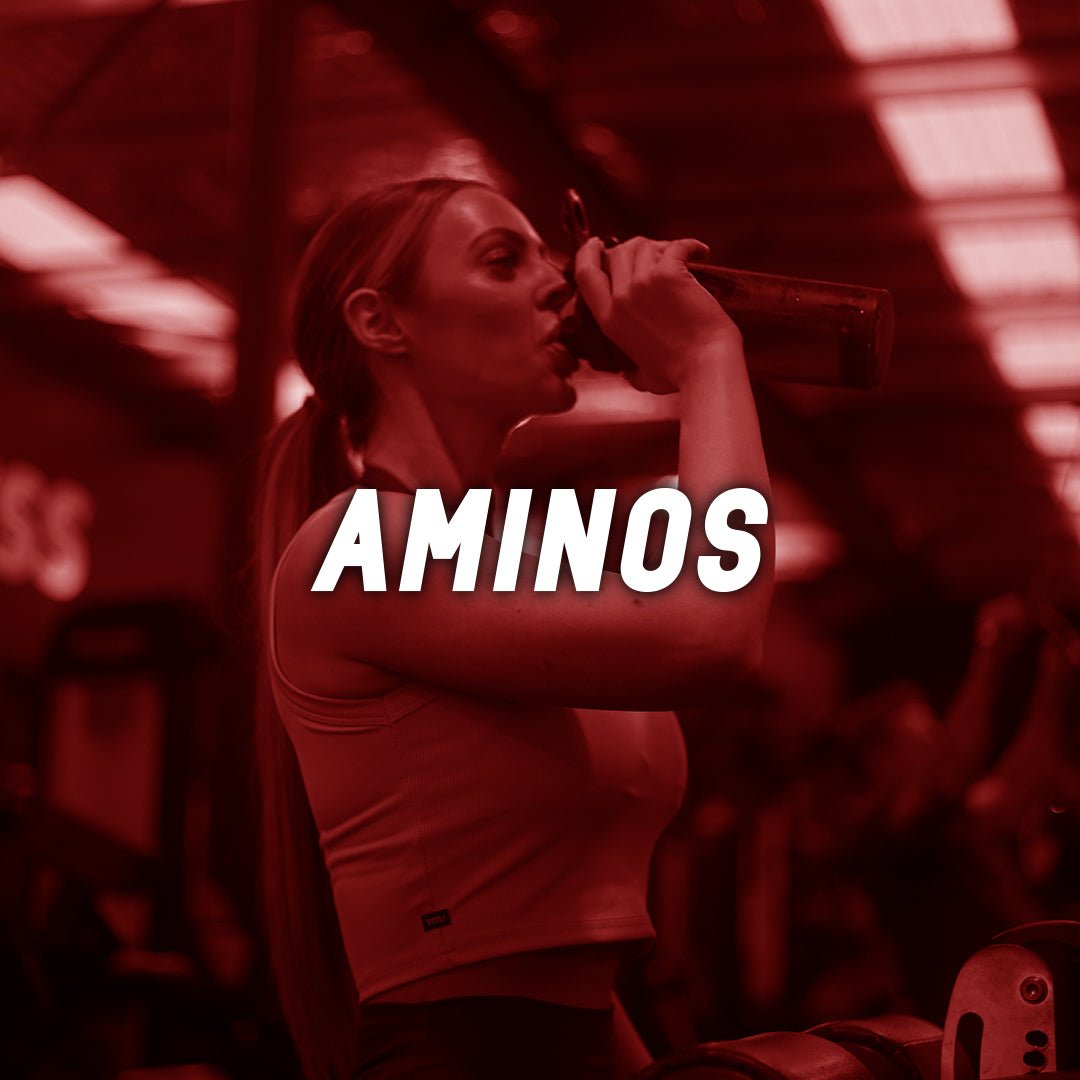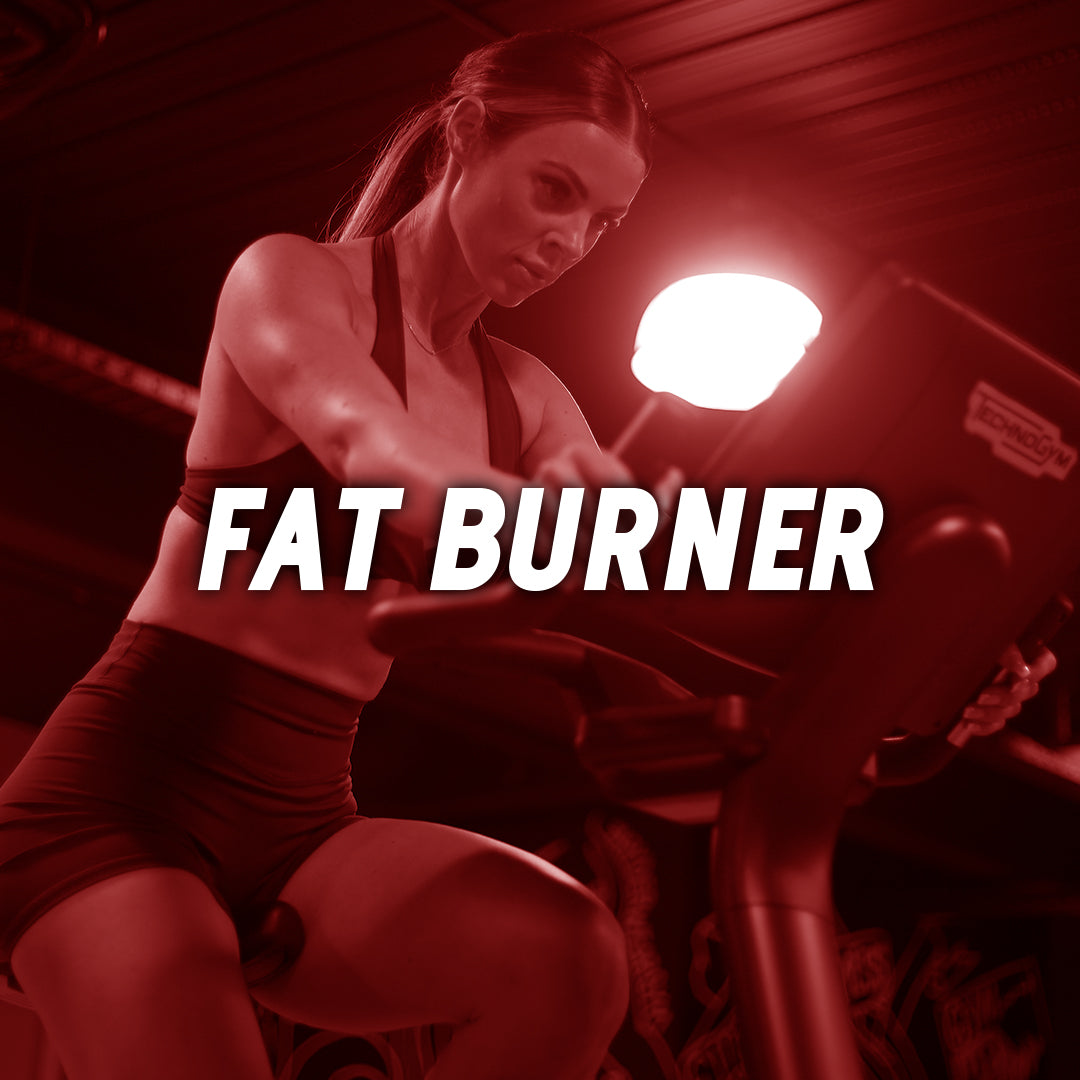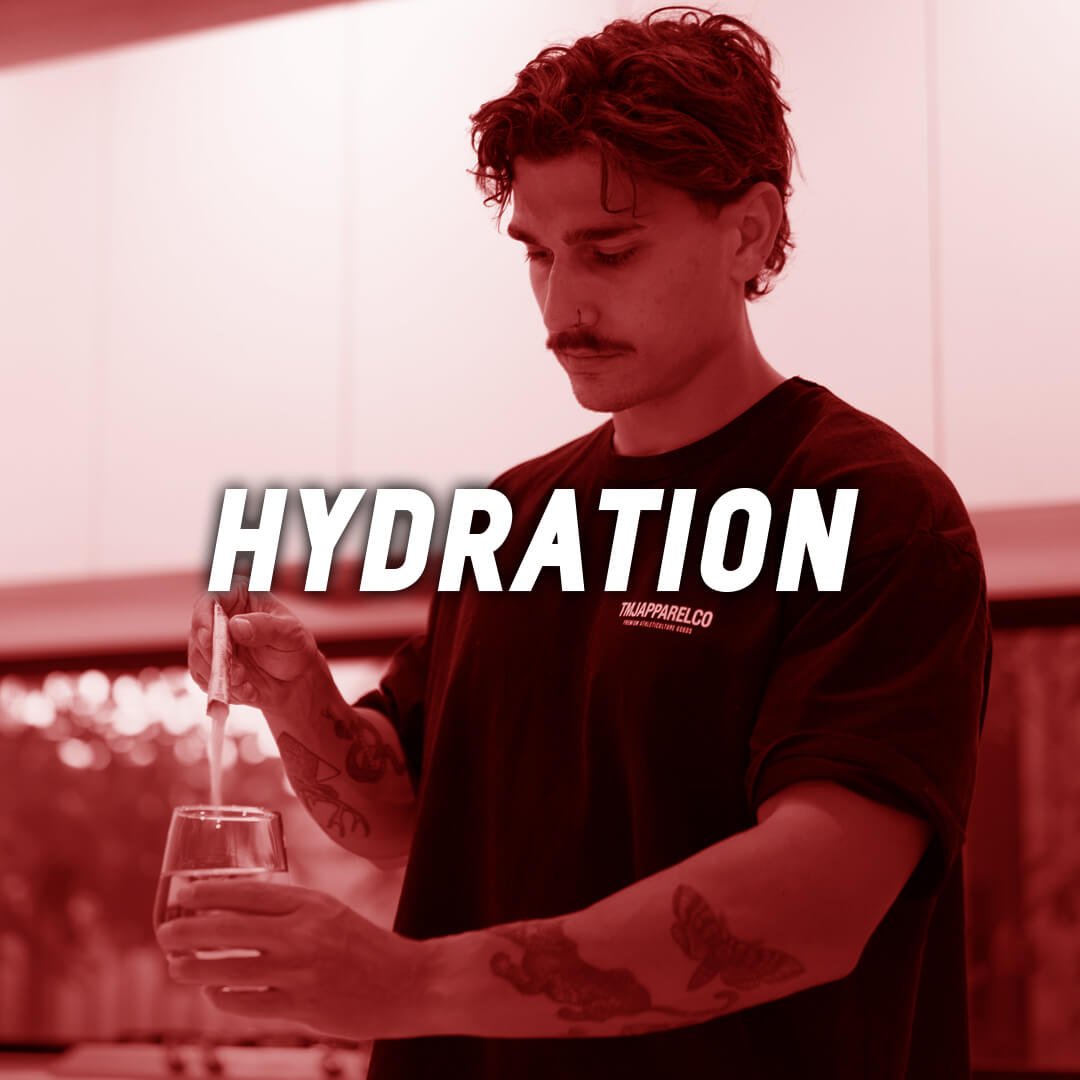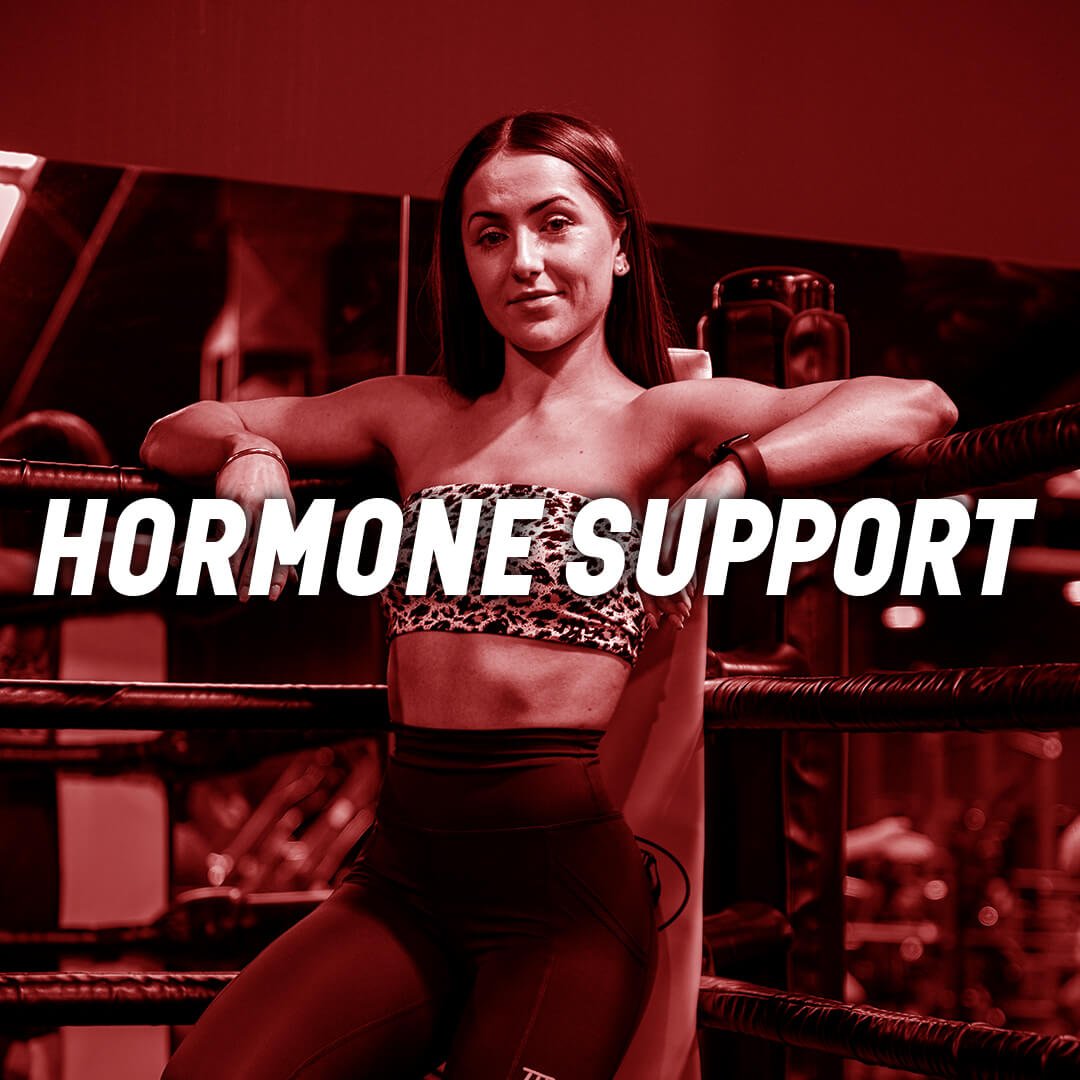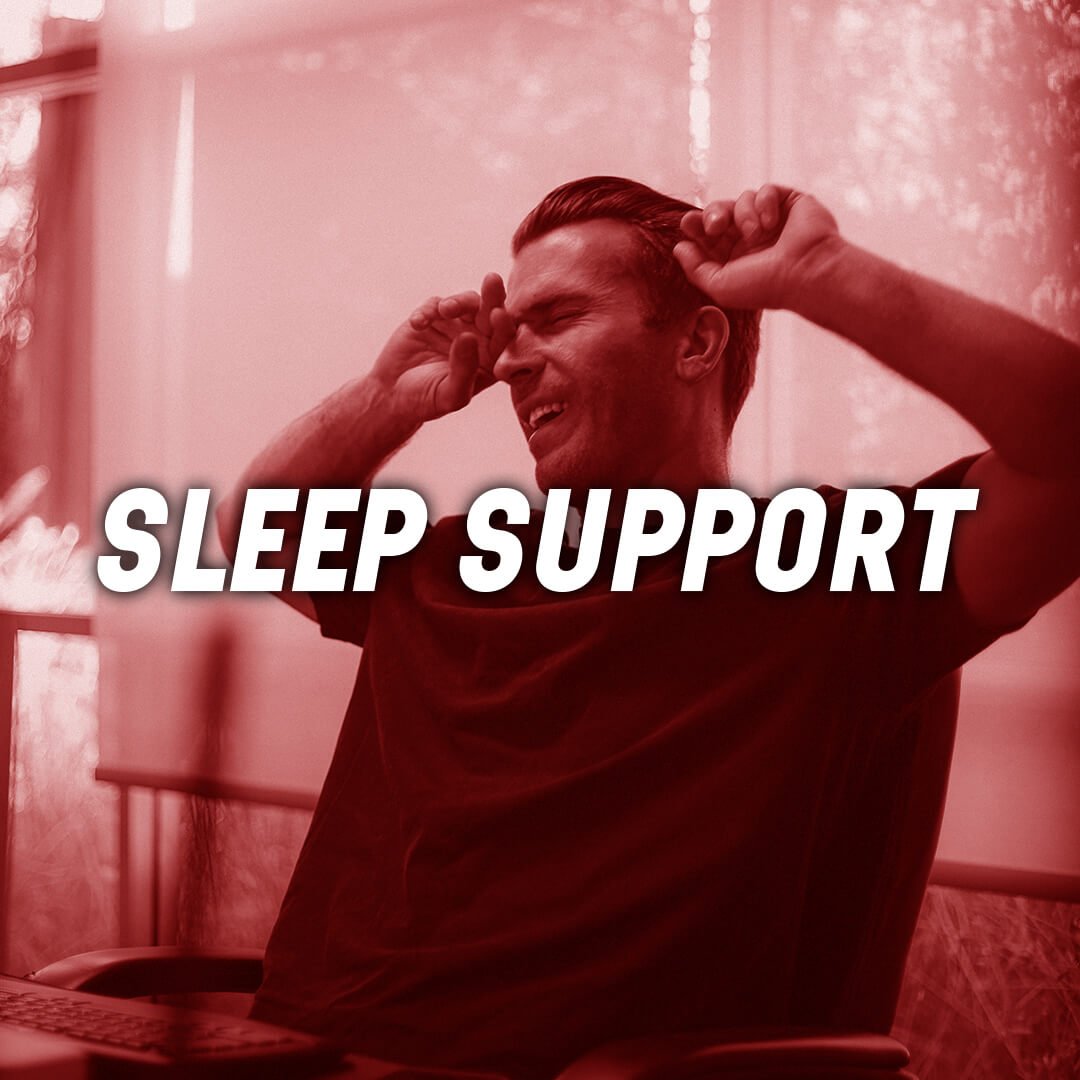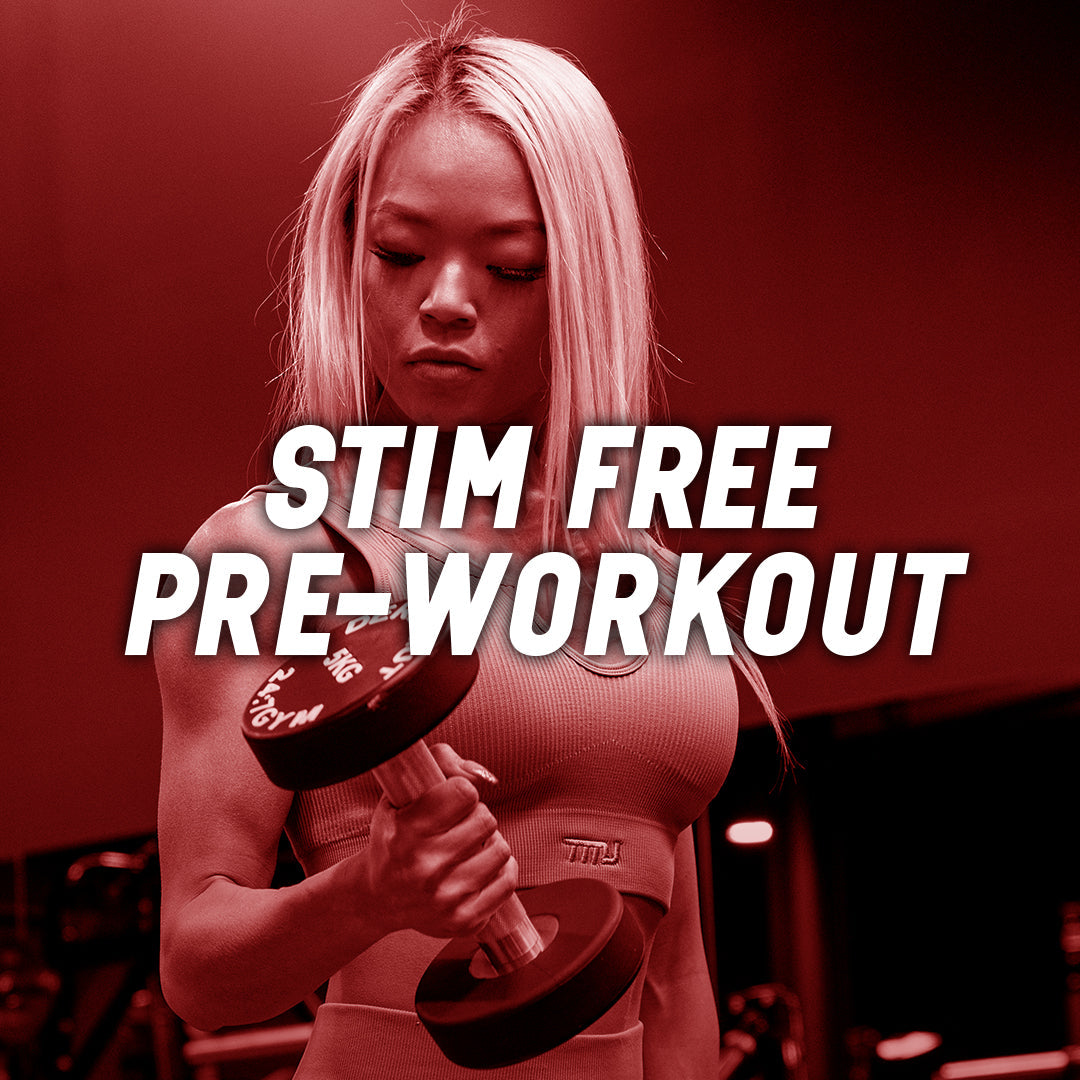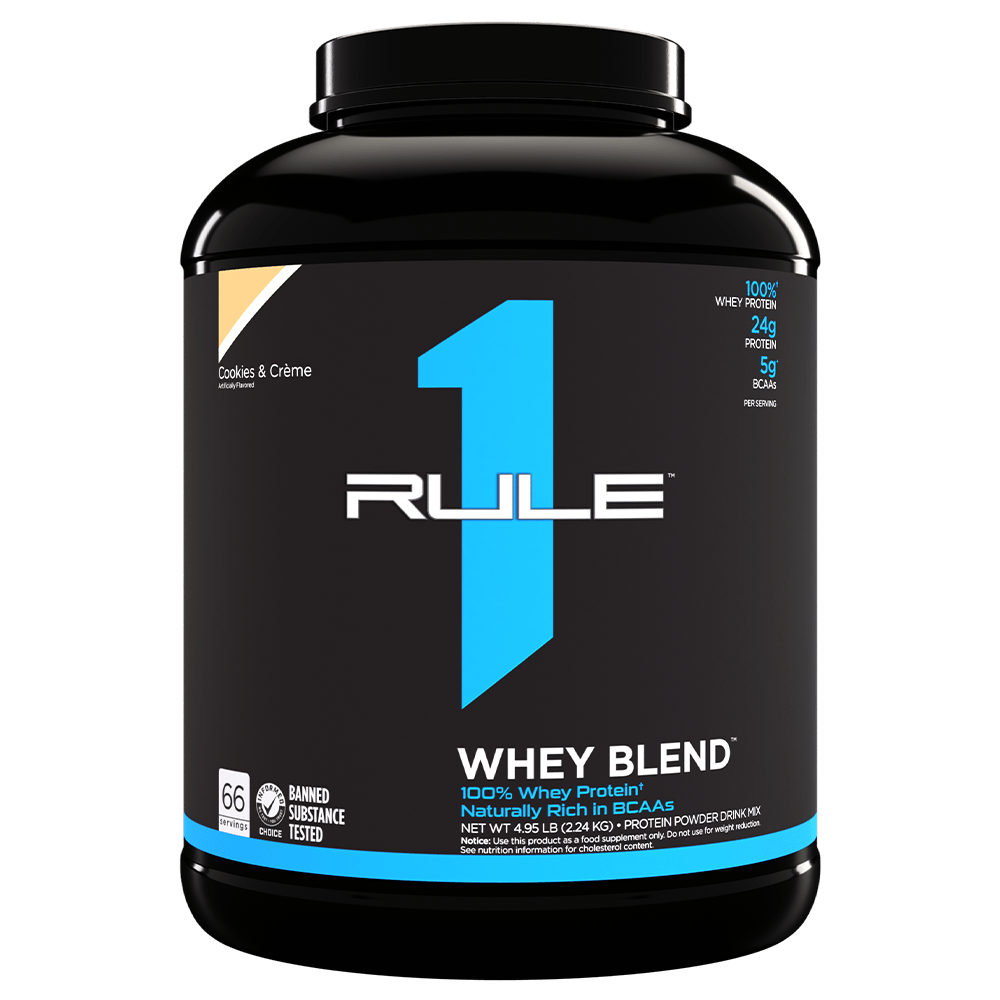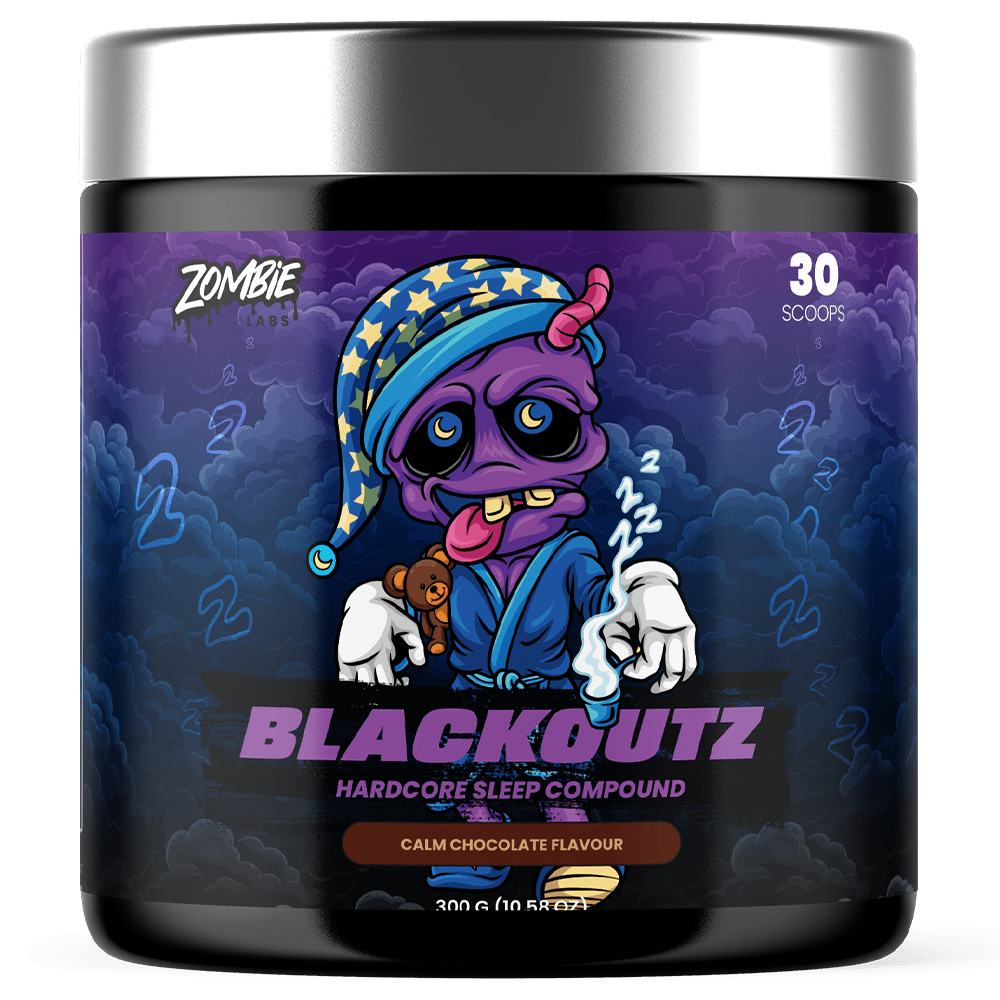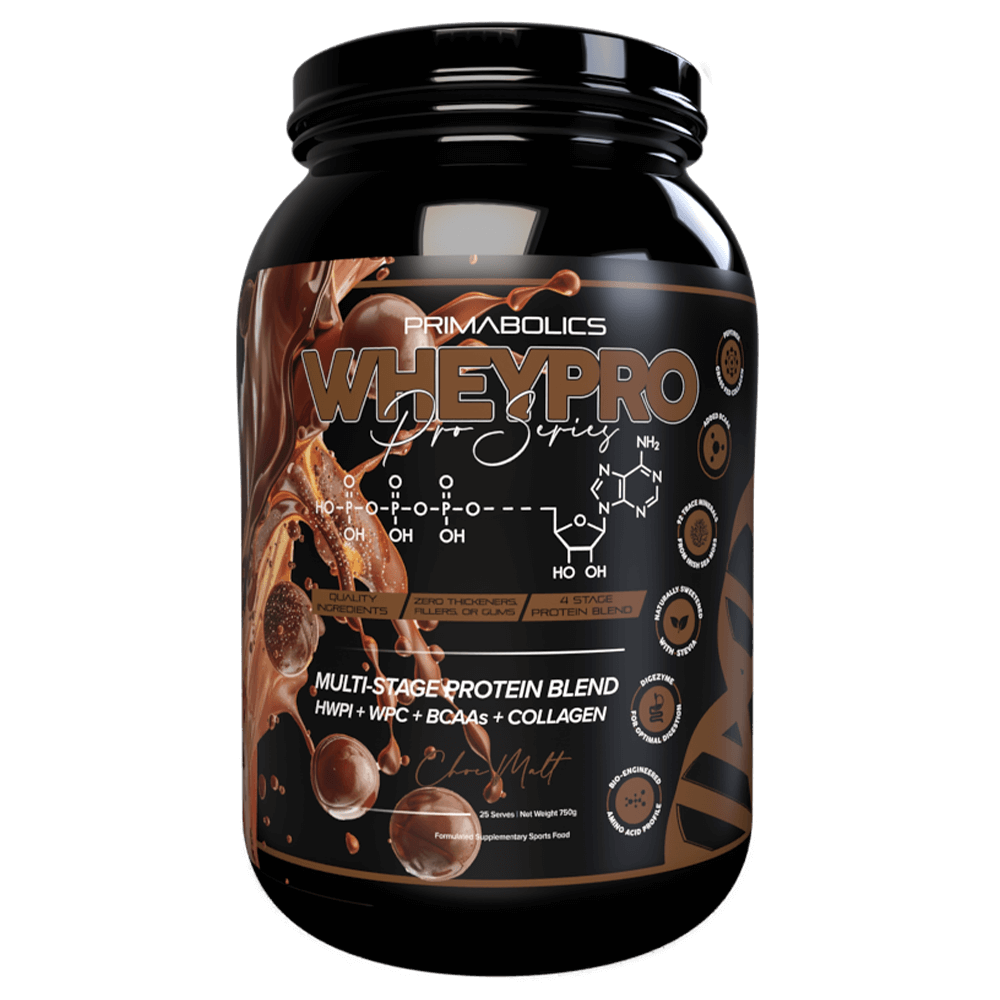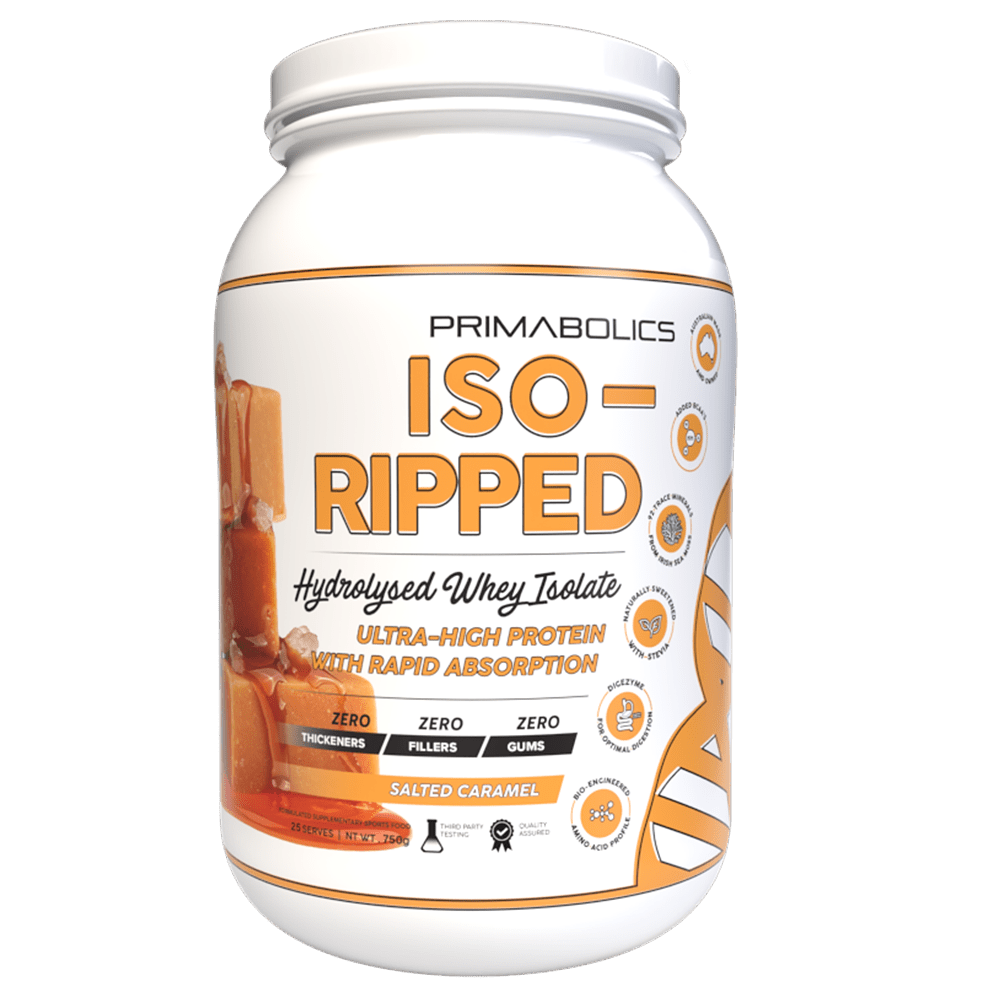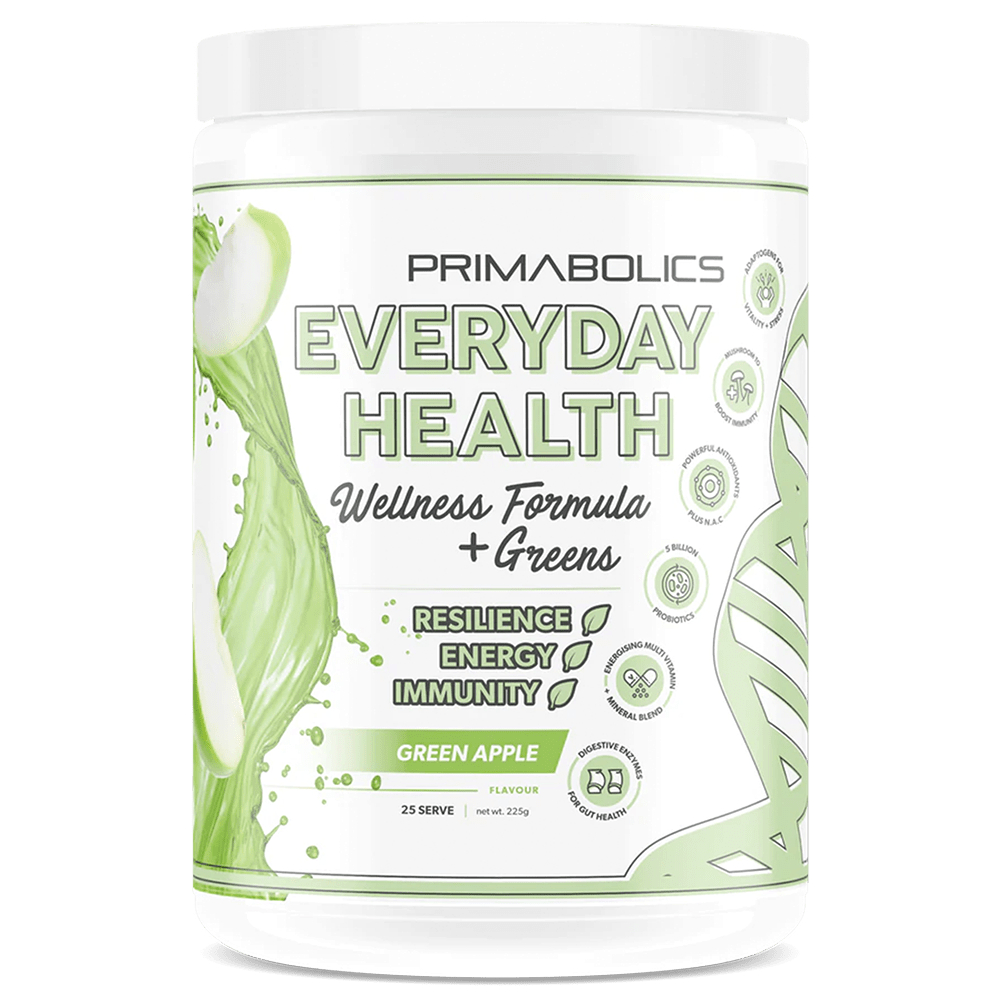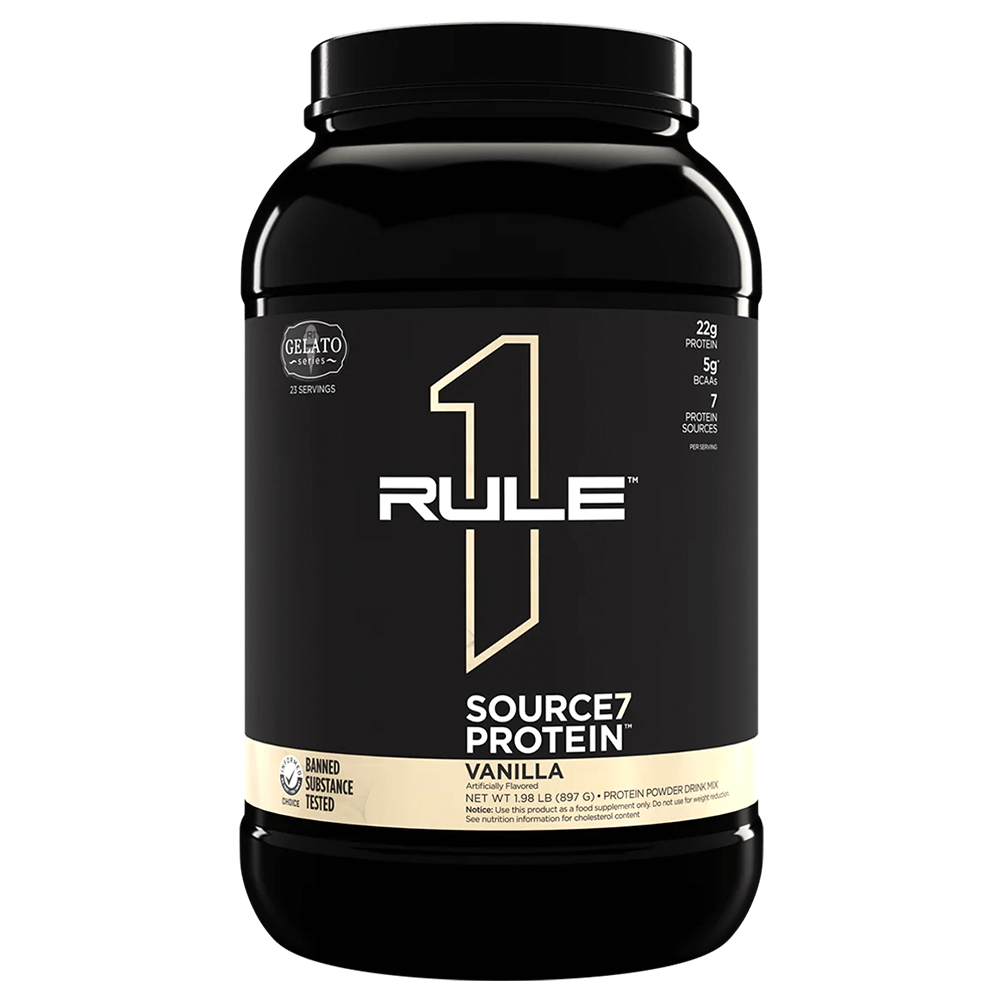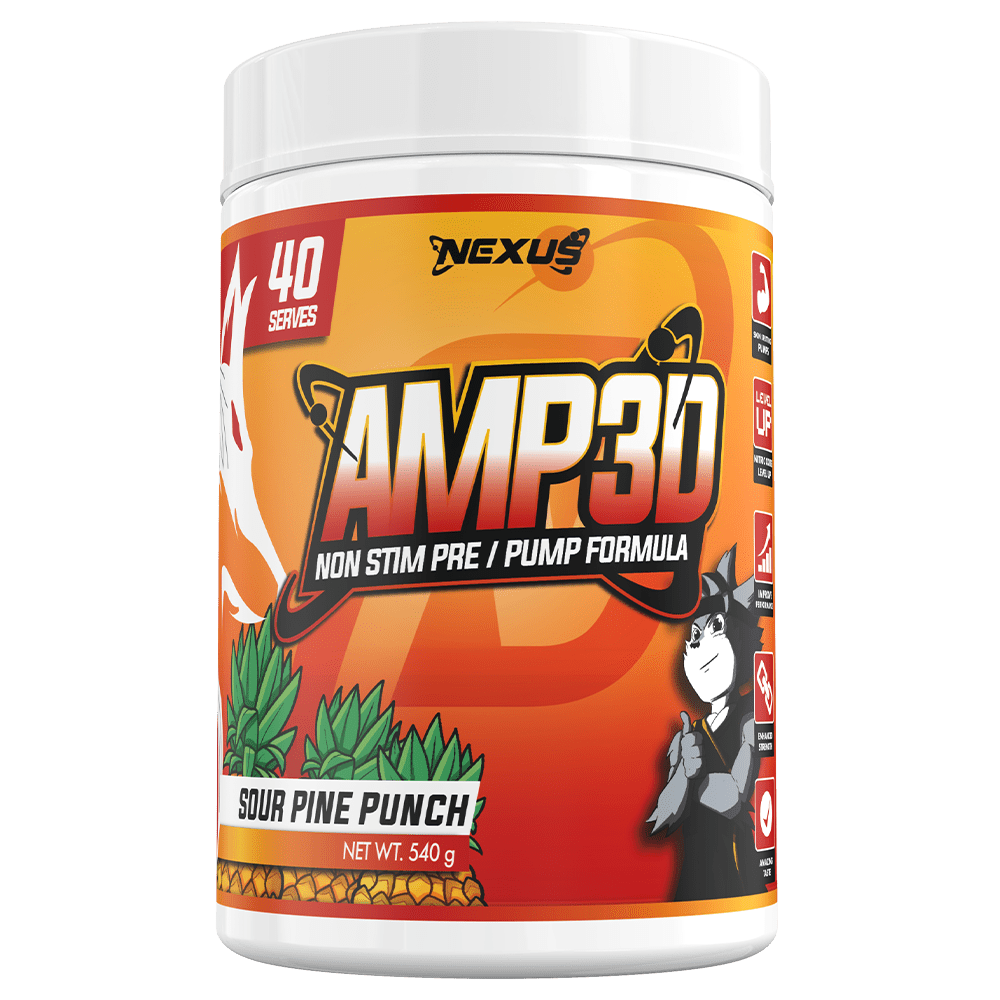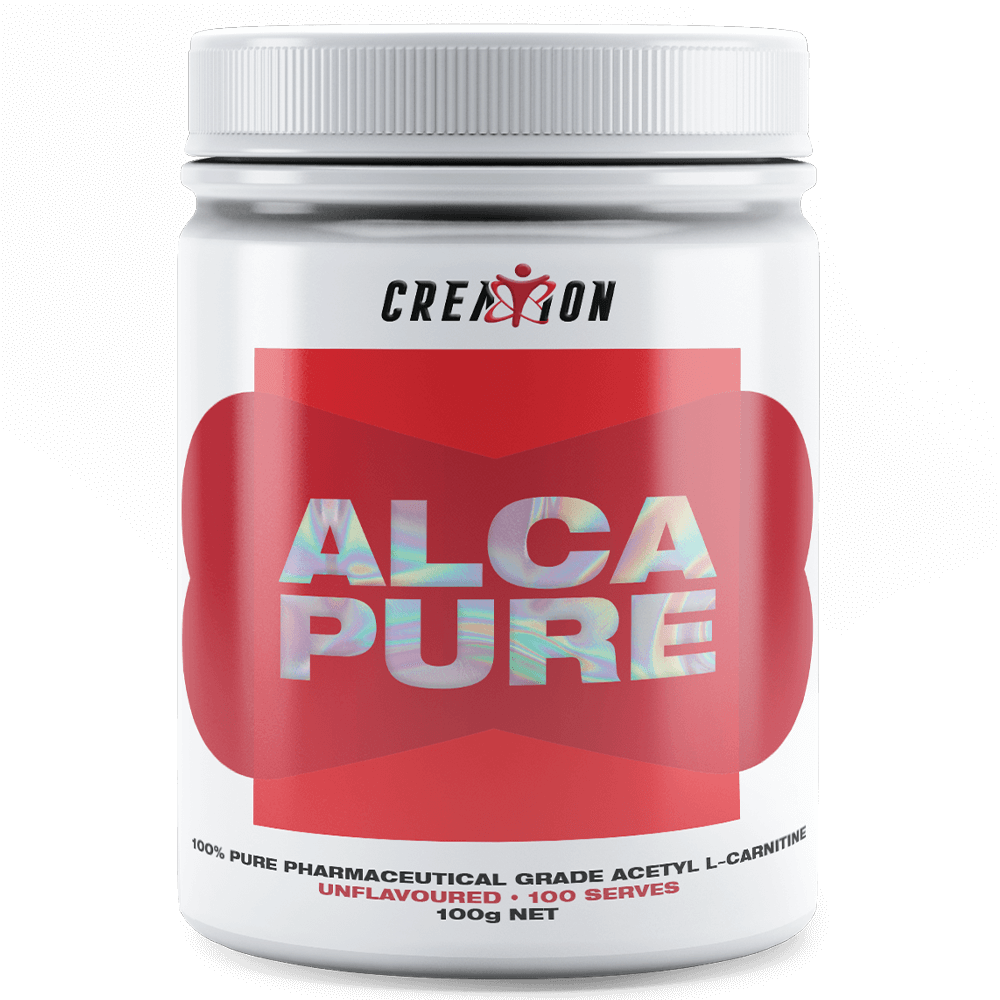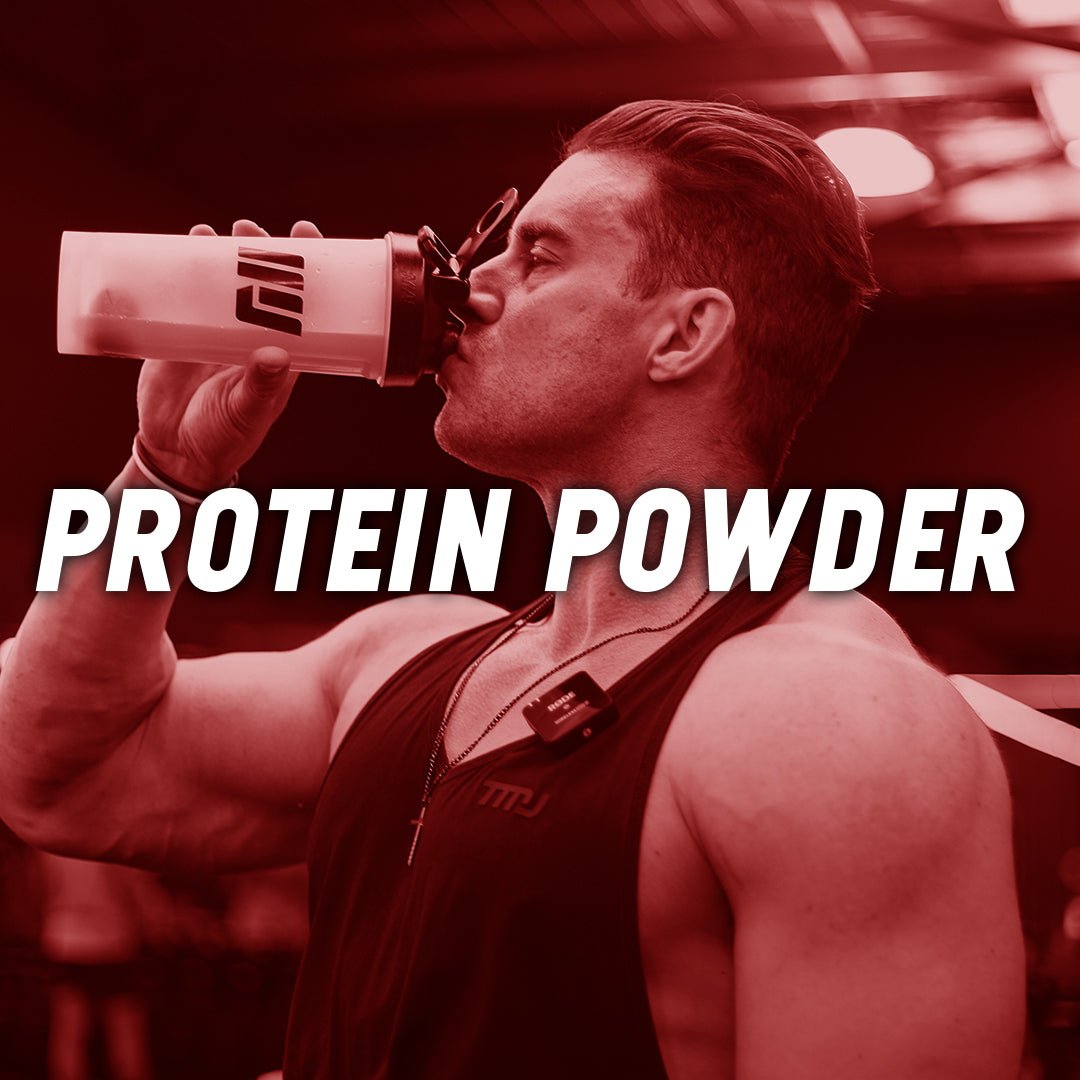
Free shipping with all orders over $150!
Found a cheaper advertised price for an identical product? We'll beat it by $1 no exceptions!
Receive a free sample with every order!
Supplements That Work. Results That Last.
We stock Australia’s leading supplement brands, tested, trusted, and proven to help you perform, recover, and live fit.
★★★★★ Trusted by over 10,000 customers.
From pre-workouts to proteins, every product we carry is chosen for one reason... it works.
Real products. Real reviews. Real results.
Most Popular
Free Delivery
Get it delivered free to your door when you spend over $150
Loyalty Points
Earn loyalty points with every order
Price Beat Guarantee
Buy with confidence at the best price
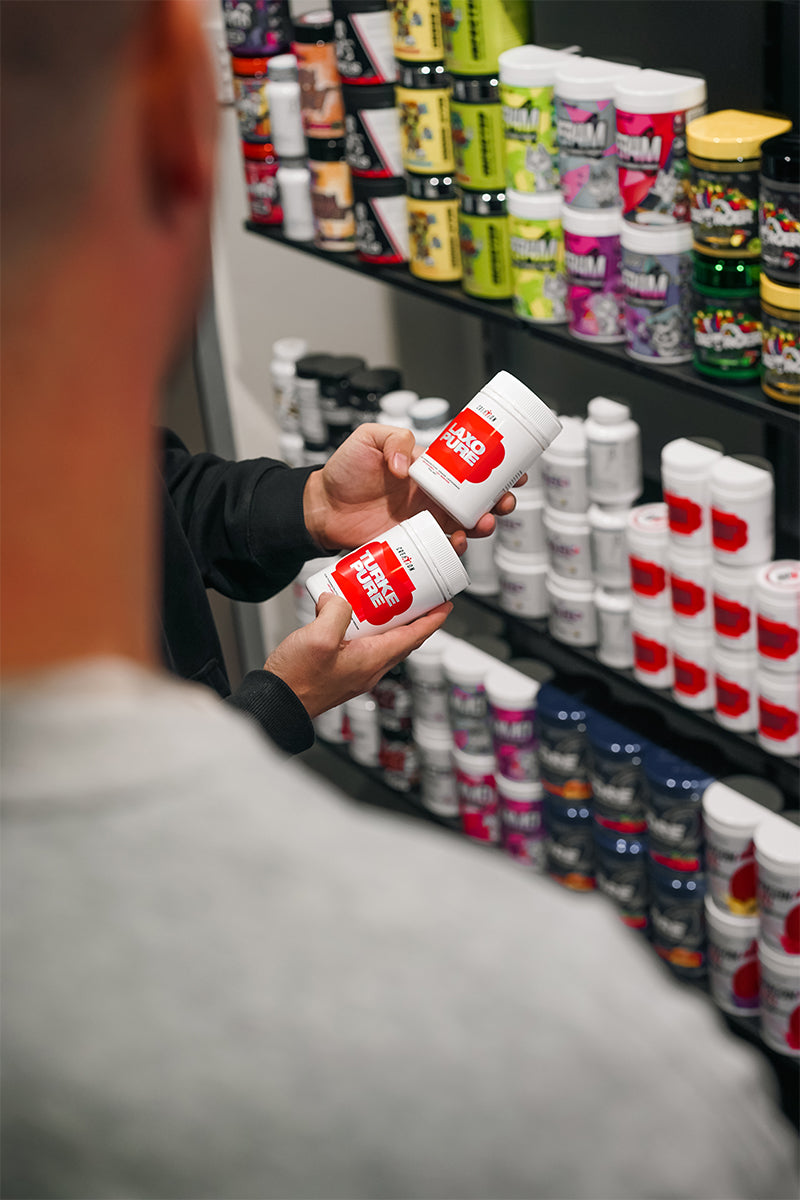
About Us
We Are MJ Fitness
A fitness lifestyle company based in Adelaide, South Australia, dedicated to helping & inspiring all people to improve their lives through health & fitness by providing products, information & experiences.
We offer a wide range of fitness & health supplements from the World's best brands at the guaranteed best prices in the country. From protein powders and pre-workouts to amino acids, vitamins, creatine, superfoods and fat burners, we have all of the supplements you need to support your health & fitness goals.
In addition to our extensive supplement range, we pride ourselves on our excellent customer service and fast delivery times with express shipping available on all orders across Australia and free shipping available on orders over $150.
We also offer a free sample with every order, a free loyalty program that enables you to earn discounts on future orders, a number of different buy now, pay later options, and a price beat guarantee.
Whether you're just starting out on your health & fitness journey or you're an experienced athlete, we welcome you into the MJ Fitness community.
What Our Community Is Talking About
Our Newest Supplement Articles

Explained: Pickle Juice
In the fitness world, recovery tricks range from simple hydration habits to full supplement stacks. Electrolytes, aminos, and mineral blends all play a role in keeping cramps, fatigue and dehydration under control.But one old-school option has made an unexpected comeback on the endurance scene.Enter pickle juice. What’s Pickle Juice Actually Good For? Most people tip it down the sink once the pickles are gone. Athletes are doing the opposite... especially endurance runners, cyclists and field-sport athletes who deal with late-stage muscle cramps. Pickle juice is naturally high in sodium and potassium, which can support hydration. But here’s the part that surprises most people: The rapid cramp-relief effect isn’t from the electrolytes at all. The Neuromuscular Reflex Explained Several studies have shown that a small amount of pickle juice can stop or shorten a cramp far faster than your body could ever absorb minerals.Why?Because the sharp, vinegary hit stimulates specialised nerve receptors in the mouth and throat.Those receptors send a signal through your nervous system that helps calm the over-firing motor neurons triggering the cramp. It’s a nerve reflex, not digestion.And you often don’t even need to swallow much for the effect to kick in. This is why pickle juice has become popular in long-duration endurance sports, where muscle fatigue and nerve misfiring are common. Bonus Benefits Electrolytes are still helpful for overall hydration, even if they’re not the reason cramps stop so quickly. The vinegar base may also support digestion and blood-sugar regulation, which some athletes find useful during long training phases or heavy workloads. Just keep an eye on intake. The sodium content can be high, so a small shot is usually plenty. What Are The Alternatives? The downside is the taste. It’s intense, acidic and definitely not for everyone.Luckily, there are modern options that give you hydration and recovery without the brine-shot experience. If you want clean, predictable electrolytes after training, Switch Hydrate delivers a mix of sodium, potassium, magnesium and B-vitamins in flavours you’ll actually enjoy.If you’re after muscle-recovery support, R1 Essential Amino 9 covers your essential aminos and supports hydration alongside them. These options offer controlled dosing without the salt-heavy bite. Does It Earn A Spot In Your Gym Bag? Pickle juice isn’t a cure-all, but it does have real science behind its fast cramp-relief effect. If you can handle the flavour, it’s a low-risk tool for endurance athletes or anyone who deals with sudden mid-workout cramps. For everyday hydration and recovery, it may not replace your usual electrolyte or amino supplements. But as a quick, convenient option with a surprisingly effective reflex mechanism behind it, pickle juice earns its reputation.
Read more

Creatine Monohydrate vs. HCL
Out of all the different variations, modifications and types of creatine coming out nowadays, two types remain the most universally loved, studied and used. Creatine Monohydrate and Creatine Hydrochloride (HCL). At around the same cost per serve is there much difference between the two? What are the differences if any? Let’s jump in. Creatine Monohydrate Monohydrate is a naturally occurring compound found in small amounts in foods like red meat and fish, and is also synthesised in the body from amino acids. Supplementing this version increases the availability of phosphocreatine in muscles, helping regenerate ATP. ATP being the primary energy source during high-intensity, short-duration activities. Basically, creatine helps you with explosivity and power. There’s also been a rise in the effectiveness of consistent creatine supplementation on brain and cognitive health too. For all its positives, monohydrate can come with some side effects. It can cause bloating and excessive water retention in some, for those with digestive issues this is where HCL shines. Creatine Hydrochloride (HCL) Creatine Hydrochloride (HCL) is a form of creatine where the molecule is bound with hydrochloric acid to enhance its solubility and absorption in the body. Like its monohydrate counterpart, it’s used to support high-intensity training plus all the same benefits to cognitive function. HCL is synthetically produced and not found naturally in food, so the only way to supplement HCL, is to take the supplement on its own. It lacks most of the side effects that standard monohydrate brings, minimal bloating and low water retention, it also mixes better in liquid due to its solubility. HCL does lack the extensive research portfolio that monohydrate has, so its long-term effects may prove to be different to monohydrate. But with an almost identical structure, it’s most likely similar. So... What Should I Take? Regardless of whether you take monohydrate or HCL, if you’re doing it regularly then you’re doing it right. There’s not really at this point one type that trumps the other in terms of muscular output, it really does come down to personal preference. Monohydrate is the gold standard, is cheap and effective, but can cause digestive problems in some. HCL provides the same benefits, but tends to be a touch more expensive on average, with little to no side effects.
Read more

Beetroot Powder: The Natural Performance and Lifestyle Booster
Beetroot Powder has been making waves in both the fitness and wellness world, and for good reason. Known for its deep red colour and nutrient rich profile, this natural superfood offers benefits that go far beyond the gym. Whether you’re looking to perform better in your workouts, support your heart health, or simply boost your daily energy, beetroot powder is one of the simplest and most effective additions to your routine. What is Beetroot Powder? Beetroot powder is made by drying and finely grinding whole beetroots (Beta vulgaris). This process concentrates the nutrients, giving you a convenient, shelf stable form that’s easy to mix into smoothies, shakes, or water. It’s naturally rich in nitrates, compounds that your body converts into nitric oxide, a molecule that helps relax blood vessels, improve circulation, and enhance oxygen delivery to your muscles and brain. It also contains antioxidants such as betalains, vitamins, and minerals that contribute to overall wellbeing. Why It’s Trending... The Nitrate Advantage The main reason beetroot powder has become so popular is its nitrate content. When consumed, nitrates are converted into nitric oxide, which improves blood flow throughout the body. This process supports better oxygen delivery to working muscles during exercise and helps regulate blood pressure at rest. In simple terms, more oxygen and better circulation means you can train harder, recover faster, and feel more energised throughout the day. Performance Benefits Beetroot powder first gained attention among endurance athletes, but its benefits apply to anyone who trains or stays active. Here’s what it can do for performance: Improves stamina and endurance: Beetroot powder helps the body use oxygen more efficiently, allowing you to sustain exercise for longer. Enhances blood flow: By widening blood vessels, nitric oxide supports better delivery of nutrients and oxygen to the muscles. Reduces fatigue: Improved circulation can lower the feeling of muscle “burn” and reduce fatigue during intense sessions. Supports recovery: The antioxidants in beetroot help reduce muscle soreness and inflammation after exercise. For best results, take it 2-3 hours before training, when nitric oxide levels are at their peak. Health and Lifestyle Benefits Beetroot powder isn’t just for athletes, it’s also a fantastic addition to an everyday health routine. 1. Heart and Circulation Support Regular intake of beetroot powder can help lower blood pressure, improve circulation, and support cardiovascular health. These effects are particularly beneficial for those managing high blood pressure or looking to support long-term heart health. 2. Brain and Cognitive Function Better circulation doesn’t only help your muscles, it also benefits your brain. Enhanced blood flow supports focus, alertness, and mental clarity, particularly during times of stress or fatigue. 3. Natural Energy and Vitality Many people experience a natural lift in energy after adding beetroot powder to their day. It’s a clean, caffeine free way to feel more awake and ready to move, thanks to improved oxygen delivery and cellular energy production. 4. Antioxidant and Detox Support Beetroot’s vibrant red colour comes from betalains, powerful antioxidants that help neutralise free radicals and support liver function. This can help reduce inflammation and promote overall vitality. How to Use Beetroot Powder Beetroot powder is easy to incorporate into your day. You can: Mix a teaspoon (around 5 g) into water or juice. Add it to your smoothie, protein shake, or pre-workout drink. Blend into oats, yogurt, or baking recipes for a nutrient boost. For performance, take it 2–3 hours before training. For general health, use it once daily, ideally in the morning with breakfast or before activity. Who It’s For? Beetroot powder suits a wide range of people: Athletes and individuals wanting improved endurance and recovery. Professionals seeking better focus and natural energy throughout the workday. Older adults looking to support healthy circulation and blood pressure. Anyone interested in a natural, nutrient dense way to enhance overall health. What to Look For in a Quality Product When choosing a beetroot powder, quality matters. Look for: High nitrate content: The key ingredient behind the performance and heart benefits. Minimal additives: Choose a clean product without fillers or unnecessary sweeteners. Good mixability: Smooth texture makes it easy to blend into drinks or food. Safety and Considerations Beetroot powder is generally safe for daily use, but a few notes: It may cause harmless red or pink urine and stool (a condition known as beeturia). Those with low blood pressure or prone to kidney stones should consult their doctor before using regularly. As with any supplement, consistency and balance are key, it works best as part of a healthy diet and lifestyle. The Bottom Line Beetroot powder is one of the most versatile and research backed natural supplements available today. It bridges the gap between performance and lifestyle, helping you train better, recover faster, think clearer, and feel more energised, naturally. If you’re looking to add a proven, plant based performance booster to your routine, Switch Nutrition Beetroot Powder is an easy, effective way to do it. It’s clean, nutrient-dense, and built to support the way you live, train, and perform.
Read more
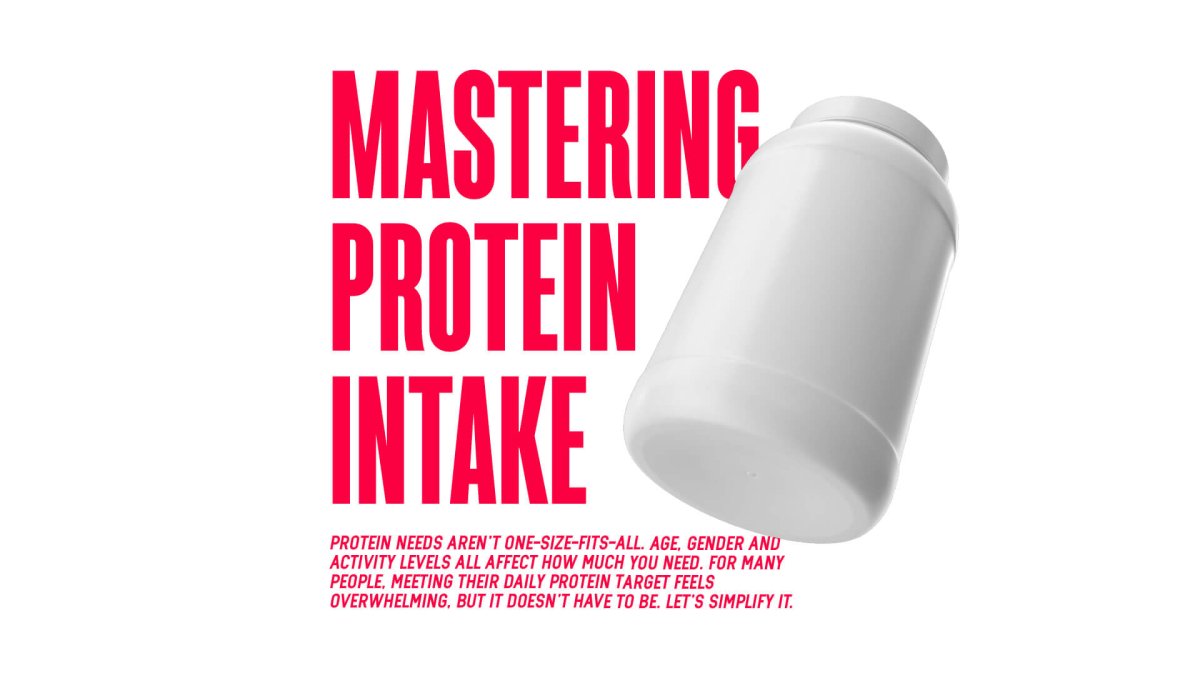
Mastering Protein Intake
Depending on your age, gender and activity level, your protein intake is going to look vastly different to the next person, and for someone who’s never really given protein a second thought it can be scary to even attempt to eat your required amount. Let’s take a second to break that number down, and make it as easy as possible for you to actually get it down. Know Your Number You can find online calculators everywhere that can help you find your daily caloric amount for cutting or bulking, what micronutrients you need and yes even your recommended protein amount. To use the Australian Government's advice, we can find approximate levels below: Females 19yo - 30yo: RDI 46 g p/day (0.60 g/kg) Males 19yo - 30yo: RDI 64 g p/day (0.84 g/kg) These figures are just approximations of RDI’s, this doesn’t take into account fitness levels, dietary requirements or the like. To be easy, we can make the example following the RDI’s above, that a female that’s 60kg at a moderate activity level needs about 50g-60g of protein per day, considering that with higher caloric demands in physical activity will require more protein. How To Get It In For someone with the goal of eating 100g-150g+ of protein per day, it can seem like a struggle to actually get it all in, but following some recommendations below, it can be a lot easier than you might think. Have Protein With Everything You Eat. Snack? Meal? Make sure whatever it is, has at least 20g of protein included. It doesn’t have to come from the actual food, but having a protein shake next to you can be a pretty easy way to get the habit going. Meal Prep. If you know exactly what you meals are going to look like day to day, it becomes a lot easier to find inclusions of protein everywhere. If know how many calories you have left the day for example, you can make the choice between a shake of some sort, or a full protein based meal. Wrapping Up Like with most things that are activity or nutrition based, simply but consistent, beats flashy diets every time. If protein becomes a non-negotiable in every meal, or apart of you routine, you can aim for higher and higher amounts.
Read more
